One year on from the catastrophic flooddisaster that devastated Lismore, the community that saved itself is attempting to rebuild.
But the enormity of the task is clear on a short drive through town.
"Smashed windows, houses still sitting a bit off their stumps, it is very obvious what has happened," Lismore City Councillor Elly Bird describes.
"There's no sense of normality."
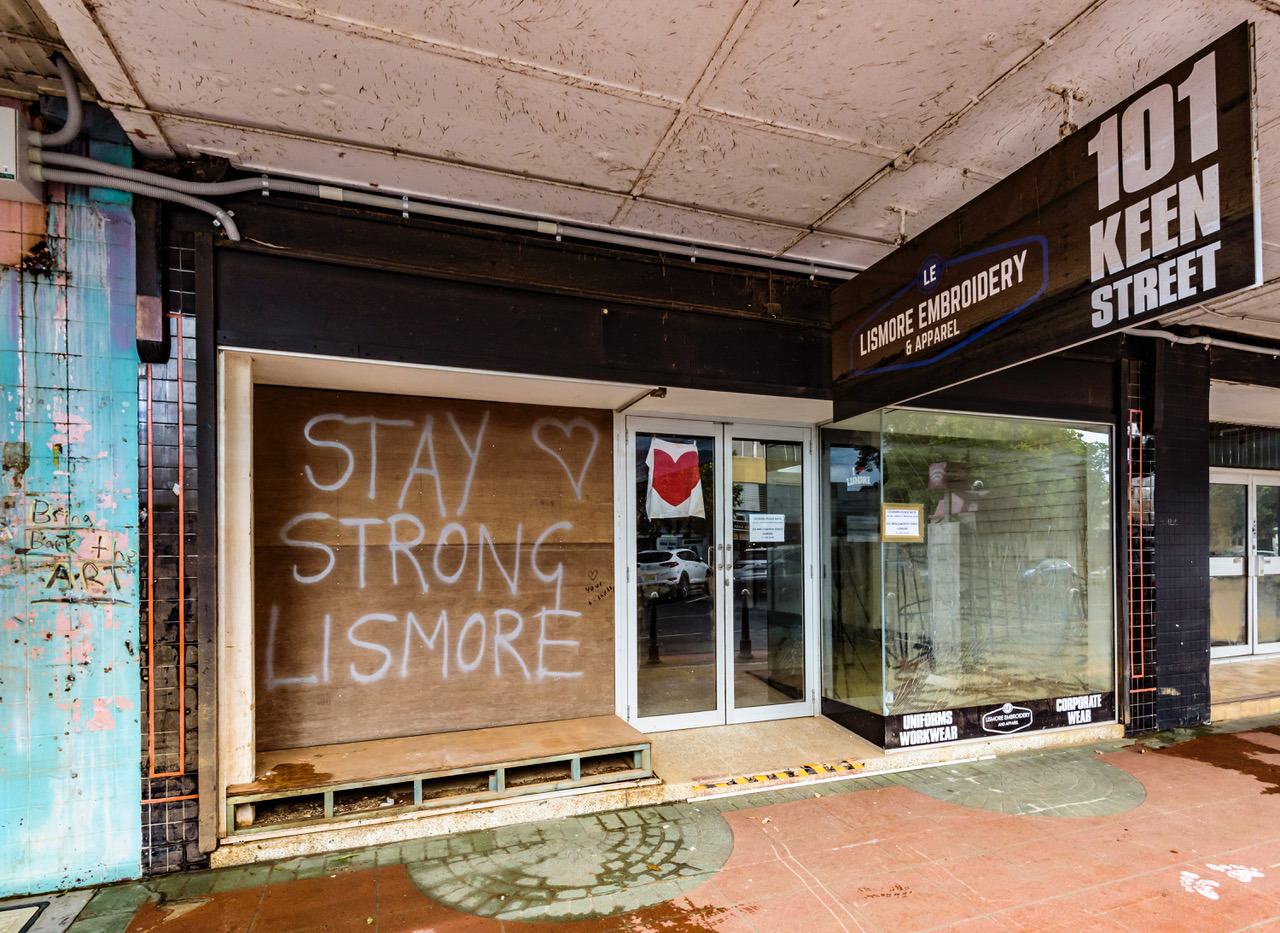
READ MORE: Three recent disasters could expose Aussies to asbestos
Lismore's worst flood on record killed five people, left more than 4000 homes uninhabitable and wiped out nearly every business in town.
Many thousands of people have left the city over the past year - mostly renters not restricted by mortgages.
Those who chose to stay, or have nowhere else to go, are exhausted; trying to create some semblance of daily life while they grapple with how to rebuild their homes and livelihoods.
Bird estimates in the areas hardest hit by the deluge, the reoccupation rate of homes and businesses has only reached about 20 per cent. That's as many as four out of five buildings empty.
"We are in the long, hard slog," she said.

Bird is also the chief executive of Resilient Lismore, a grassroots charity hub that started in a carpark in the immediate aftermath of the disaster.
The hub has delivered $3.4 million worth of volunteer aid, from coordinating hot meals and showers, to building walls and writing grant applications.
They've done more than 3600 clean-up and rebuild jobs and nearly 600 door-to-door wellbeing check-ins.
It's a "drop in the ocean", Bird said.
"What happened here in the Northern Rivers with Lismore as the epicentre has to be recognised as one of the worst disasters the nation has ever seen.
"We are doing what we can with the resources we have but there are many, many more people in the Northern Rivers who need that type of assistance."
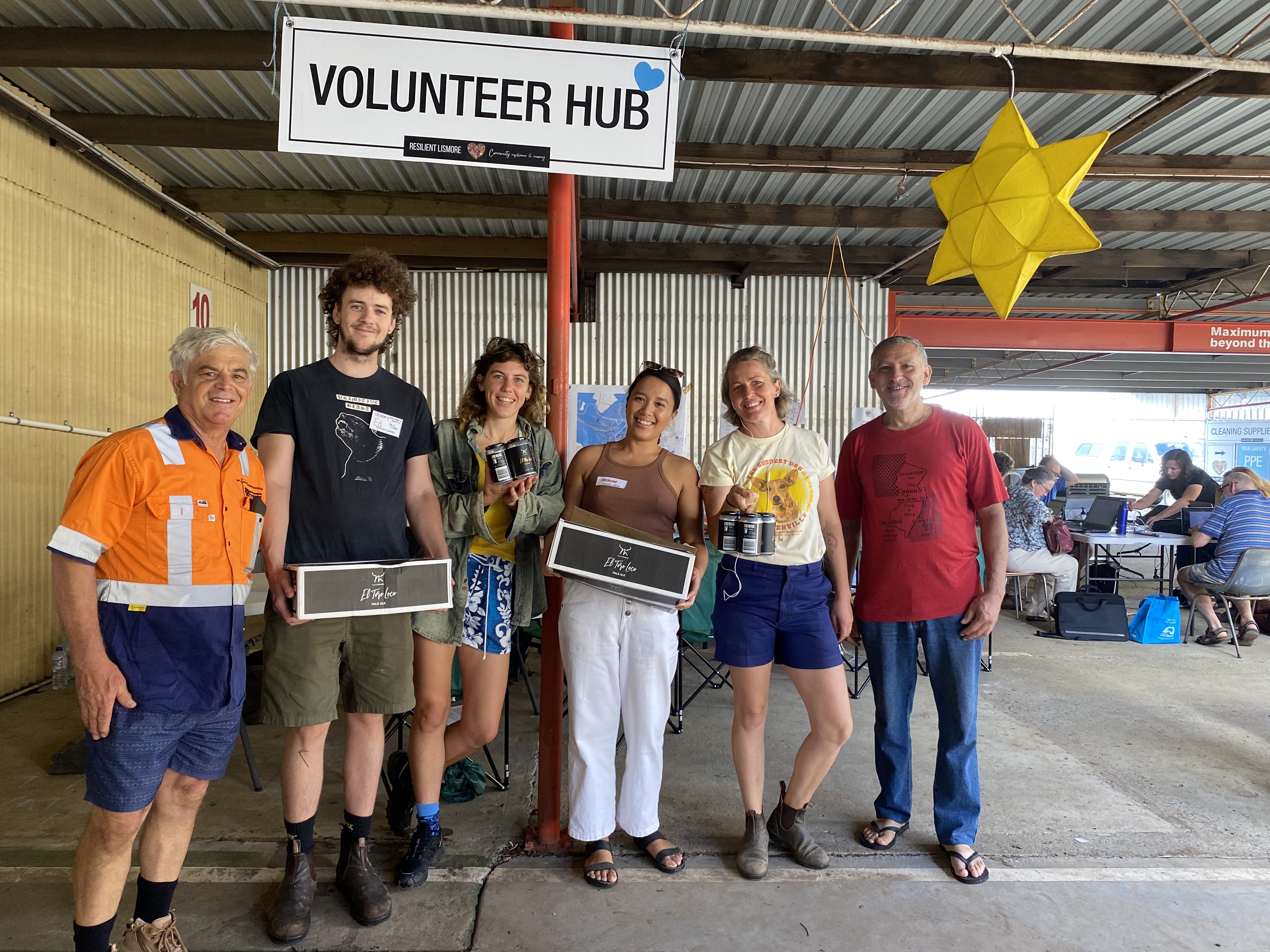
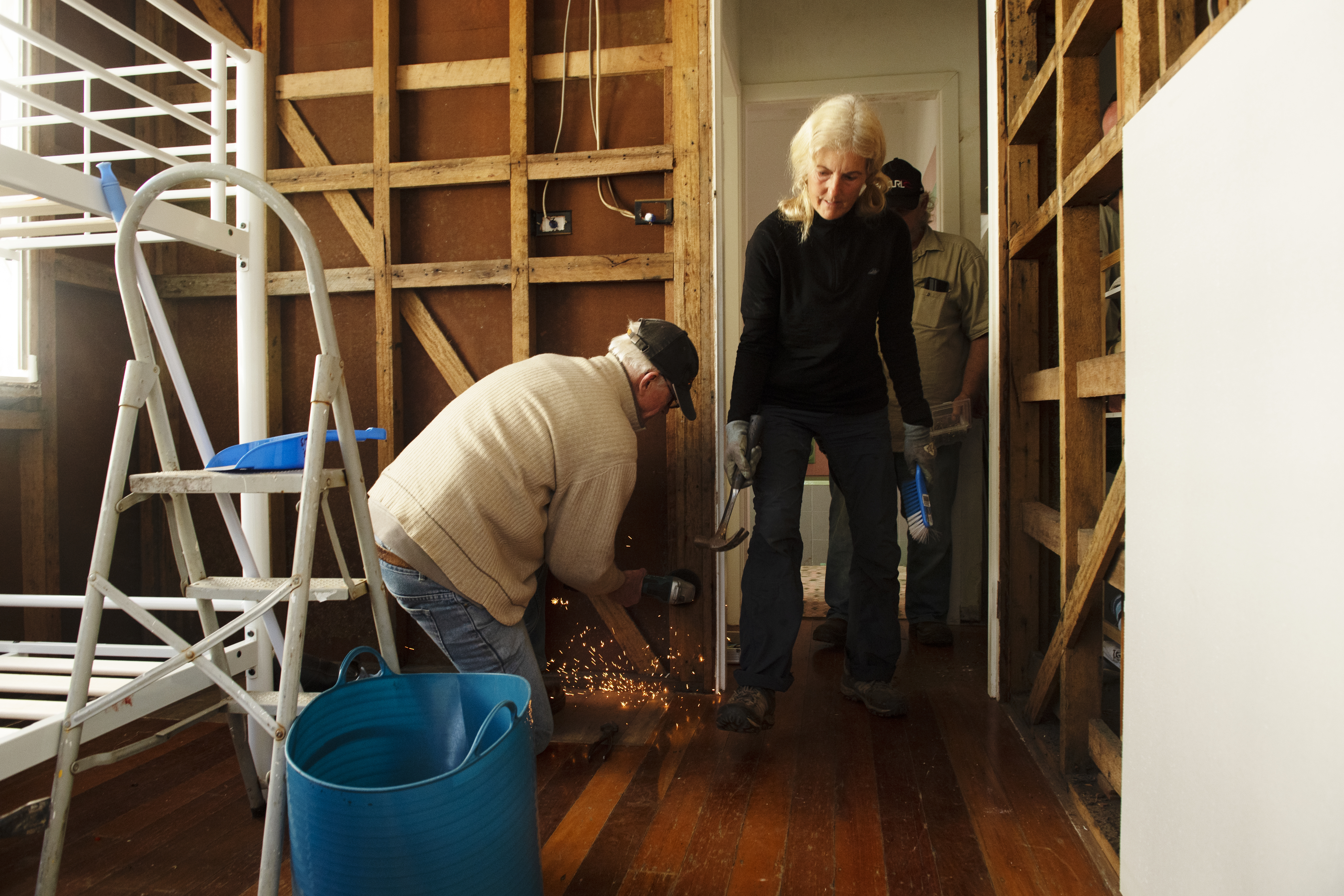
READ MORE: Flood disasters cost Australian economy $5 billion in 2022
Volunteers have driven the flood response and recovery in Lismore since calls to Triple Zero started going unanswered on the night of February 27 last year.
In the void left by inadequate and largely absent emergency services, Lismore's Tinny Army pulled off what could be considered one of Australia's greatest search and rescue missions.
In the dark of night, as rain poured down and against the orders of authorities, locals took to their tinnys, kayaks and jetskis to rescue hundreds of their neighbours, who were trapped in their ceilings and roof cavities with their kids and pets.
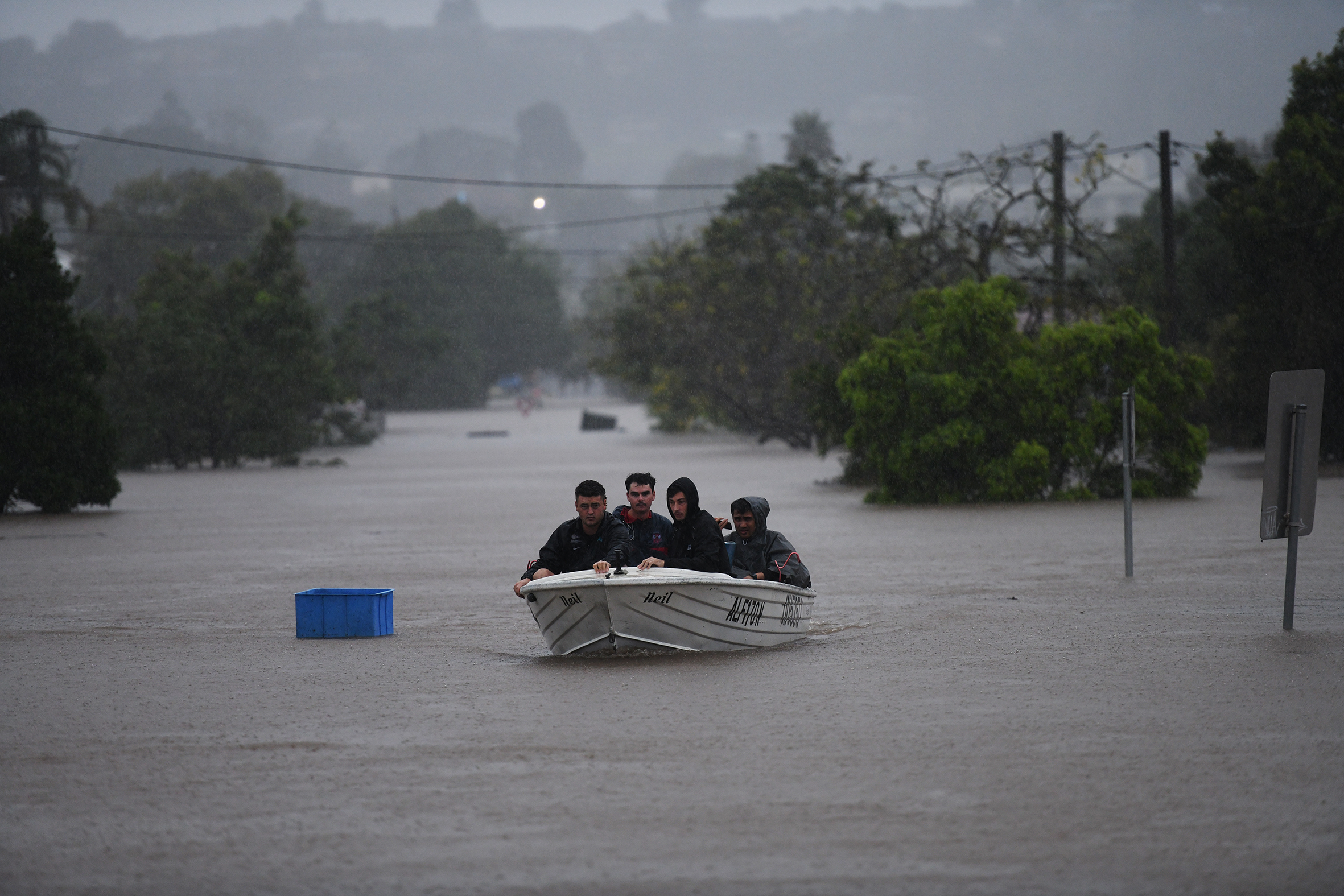

When the wall of water receded, it was volunteers who came with mops and shovels to move tonnes of mud and debris.
Unthinkably, four weeks later the city was hit again with its third worst flood on record and the volunteers turned up again.
But before long, this huge influx of help from around the country slowed - and eventually stopped - as people returned to their own homes and jobs and lives and the focus of the nation moved on.
As Lismore's recovery stretches from months into years, other climate change-exacerbated natural disasters have already unfolded across the country, and will continue to.
Relying on volunteers to continue to play such a huge role in Australia's disaster response and recovery is simply "not sustainable", Bird said.
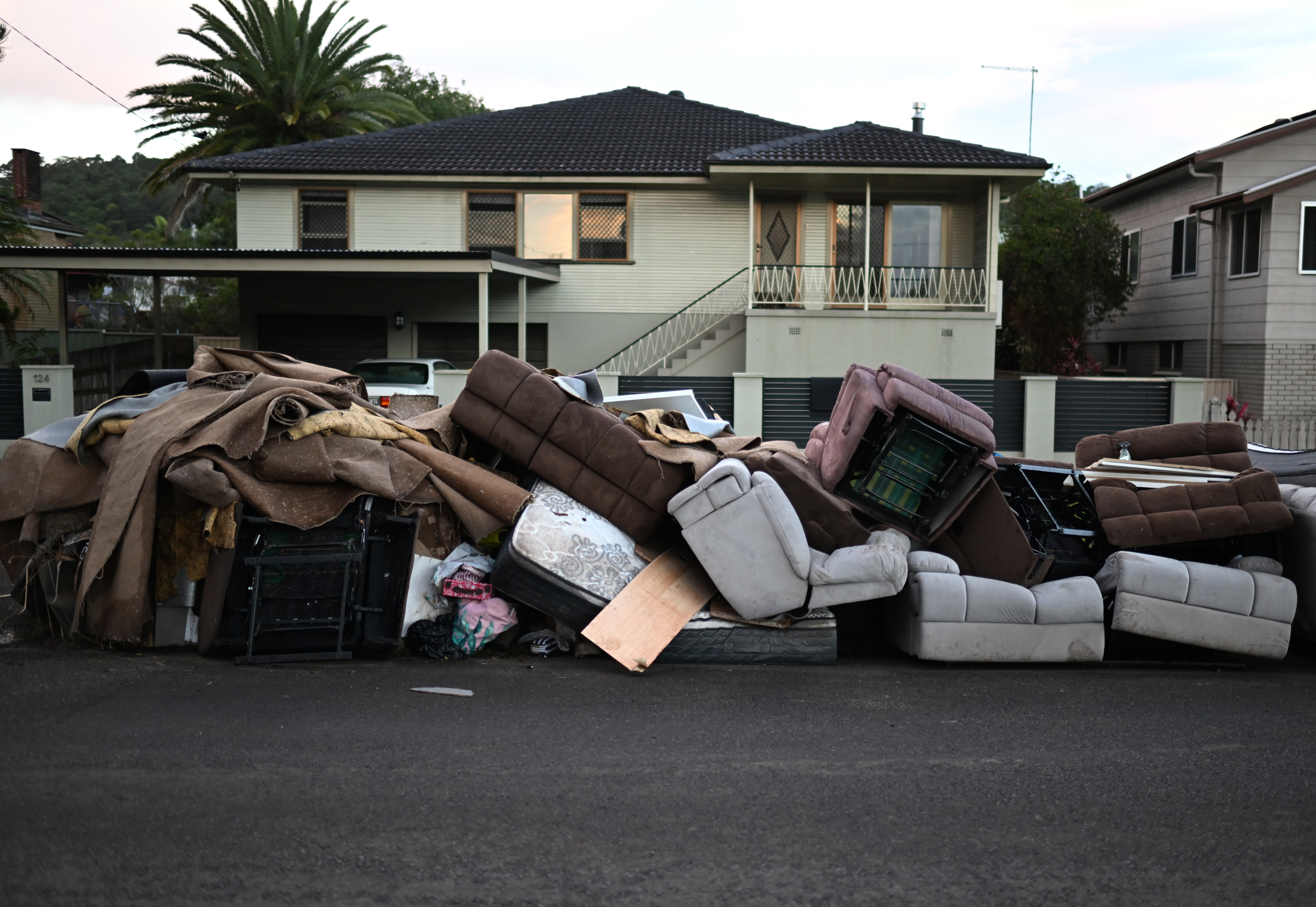
READ MORE: The water cycle is changing. which means dramatic climate swings could be on the cards
The 2022 Flood Inquiry report released last year acknowledged that "greater expectations and demands are being placed on volunteers as disaster seasons become longer and more intense" and that during disasters "community was often more effective at saving community than government".
It recommended the government establish a Community First Responders Program to provide at-risk communities with equipment and training and commission a review of volunteerism in NSW.
"There really needs to be a focus from government to ensure that adequate funding is prioritised for communities to be able to drive their own recoveries," Bird said.
"Ensuring that community-led initiatives and organisations are funded and able to be sustained so that in future disasters the very important experience and capital that is built in the recovery within the community is not lost and doesn't have to be re-learnt every time."
And now, the community must be driving the conversation on how to rebuild.
"It has to be a co-designed process where community are able to have their voices heard and their ideas listened to and respected as we navigate who we are going to be going forward," Bird said.
To stay or to leave
The first of the long-awaited buy-back offers under the Resilient Homes program were issued to a handful of Northern Rivers residents last week, in what is hopefully the beginning of the end of a long period of uncertainty and frustration.
Crystal Lenane, her husband Frank Flanagan and their two young kids are living in a caravan underneath their home while they wait to find out if they will receive an offer.
"There's been a lot of talk, there's not been a lot of detail," she said.
"It's not knowing what to do. Whatever money we put into our home, if we're lucky enough to get a buy-back, we don't want to have spent too much money because they have to cut the house in half to move it.
"People think 'oh you're lucky you've got insurance'. I've heard it referred to as winning the lotto or having a windfall... but we haven't won anything, we've lost everything."
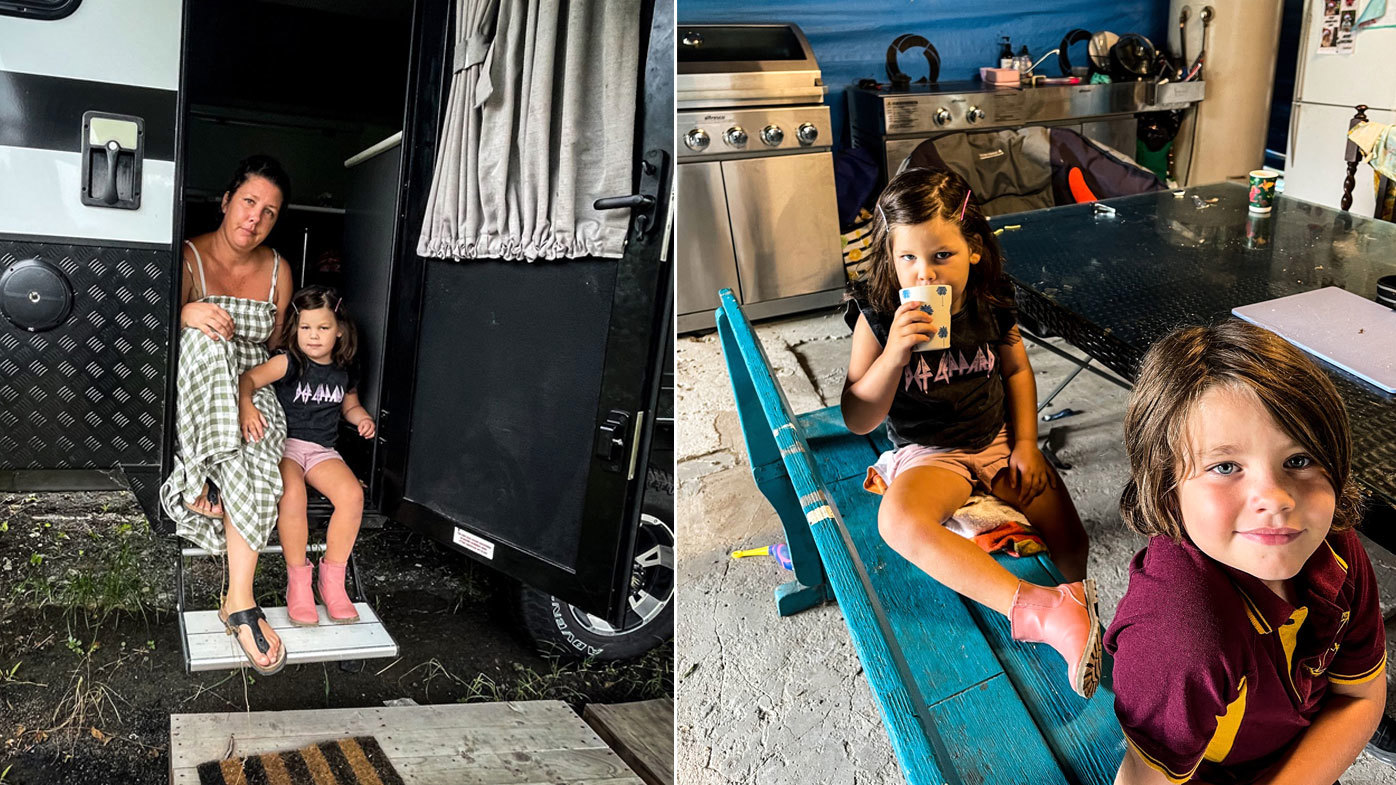
The couple deliberately purchased their East Lismore property because it was deemed a low flood risk and the insurance premiums were reasonable. They then raised the home above the 2017 flood level of 11.59 metres.
They chose to stay in their home on the night of the disaster, reassured by forecasts that it wouldn't be worse than 2017. When the flood peaked at 14.4 metres, the water reached the window sills.
Crisis on top of crisis
Bird describes Lismore as being in the grips of an "existential crisis".
As homeowners like Lenane and Flanagan anxiously await news of buy-backs and contend with insurance companies, others who are ready to rebuild can't find qualified tradespeople.
Businesses ready to get back up and running have no staff, because of the massive displacement of population and lack of secure accommodation.
The cost of living crisis is also biting hard with an increasing number of people needing assistance with food, fuel and energy bills.
In recent weeks, the temperature across the region has edged into the 30s.
Every stinking hot day brings the promise of cooler weather around the corner, but that's also an unnerving thought for those still sheltering in caravans or behind makeshift walls.
Some days Lenane says she feels like selling up and leaving Lismore altogether, but that thought is quickly quashed by the financial ramifications.
Along with all their belongings, the flood stripped $500,000 of equity from their home.
"You're stuck here. You can't sell. You will owe money to the bank if you sell now. You're stuck to rebuild as well. There's not much hope."
She said the uncertainty only compounds the anger, stress and grief.
"Everyone had this adrenaline at the beginning, like, 'Yes! We love the town and we want to rebuild'... but the reality is it's really hard and everyone is tired.
"The amount of trauma and the amount of people who don't feel safe here anymore, and want to relocate... I've had people say to me 'Oh, aren't you over that yet? Haven't you moved on?' and they think we're whingeing and I say to them, 'we will be struggling for years'."
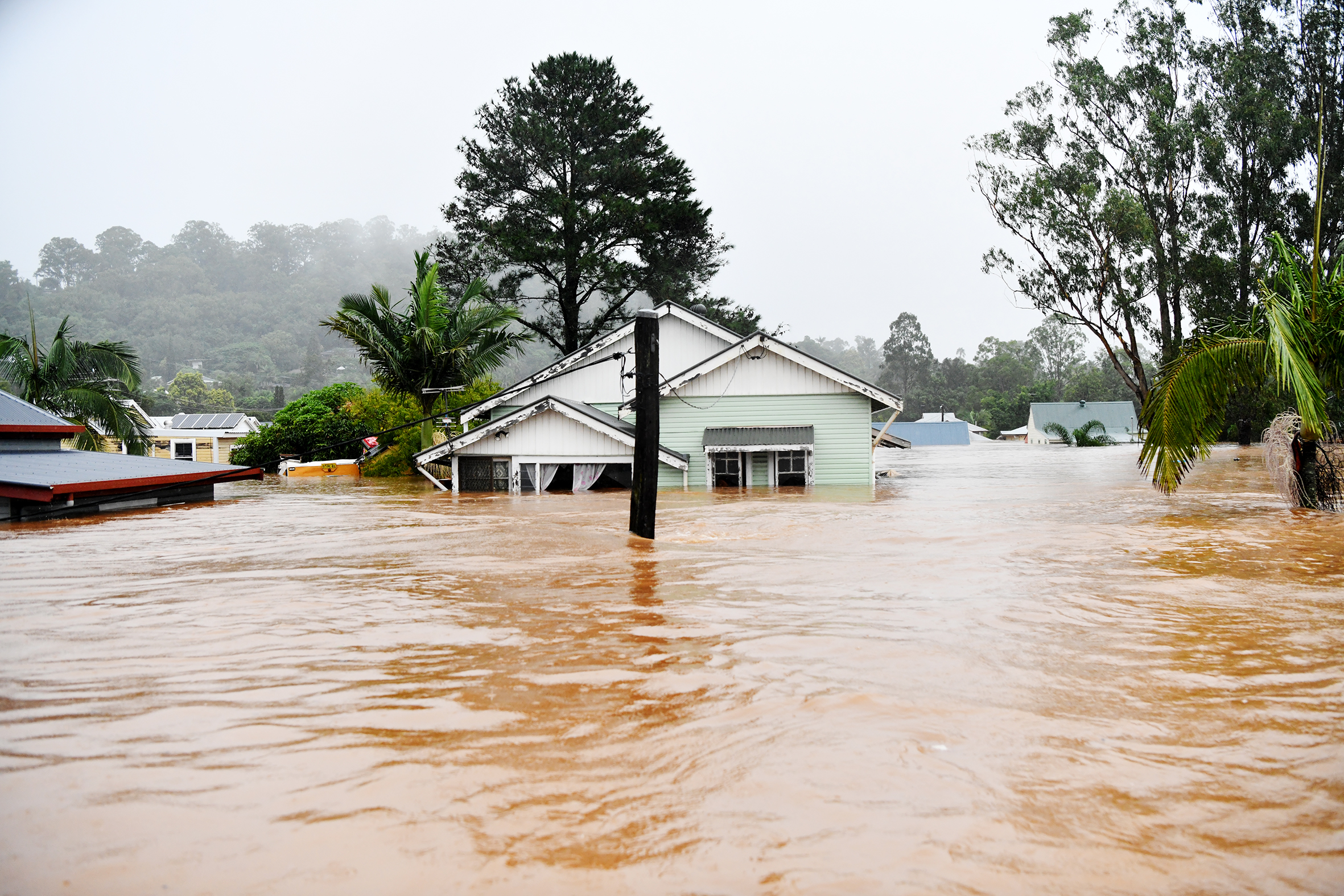
As the Resilient Homes program is rolled out, 2000 eligible homeowners will be given an opportunity to either buy-back, retrofit or raise their homes.
Ideally, homes offered a buy-back will be relocated to higher ground, rather than demolished, to save materials and labour and preserve the city's heritage.
The first 250 offers to residents in the areas of highest flood risk should be made by the end of April, according to a statement issued by Deputy Premier and Minister for Regional NSW Paul Toole.
"This can give the community the confidence that we are moving forward with our promised support and confirms we will leave no one behind on the recovery ahead," Toole said.
He said residents would be supported to "weigh up their options on their own terms and in their own time".
Northern Rivers Reconstruction Corporation chief executive David Witherdin said all residents registered with the program would be contacted by the middle of the year.
In the meantime, Lismore still needs help.
"We still need the love and support of the broader nation. We still need donations, we still need people to be motivated enough to come and volunteer," Bird said.
"But we are survivors. We are not 'the flood victims of Lismore suffering through the anniversary'.
"We have lived through something really huge and we are actually strong within it and we can continue to be strong and stay connected as we move into the next few years."
To lend a hand visit www.floodhelpnr.com.au
